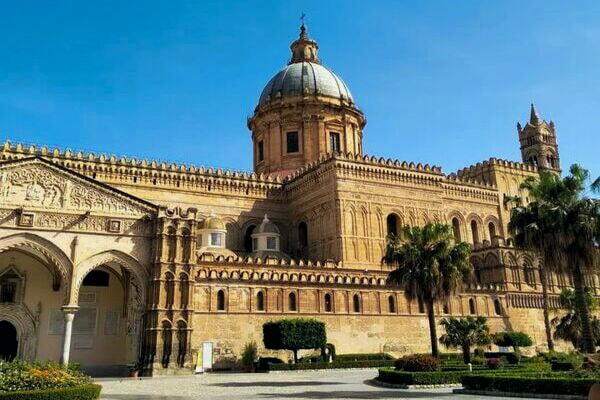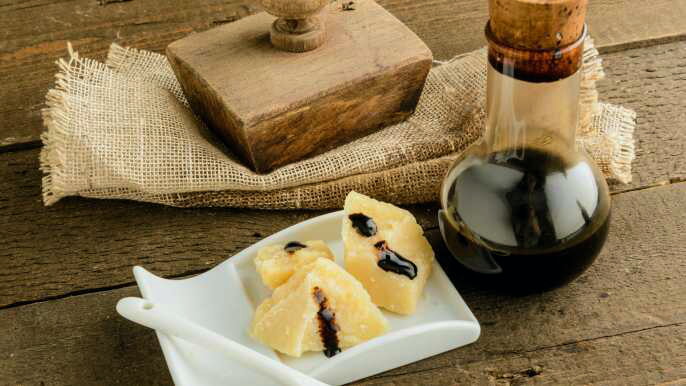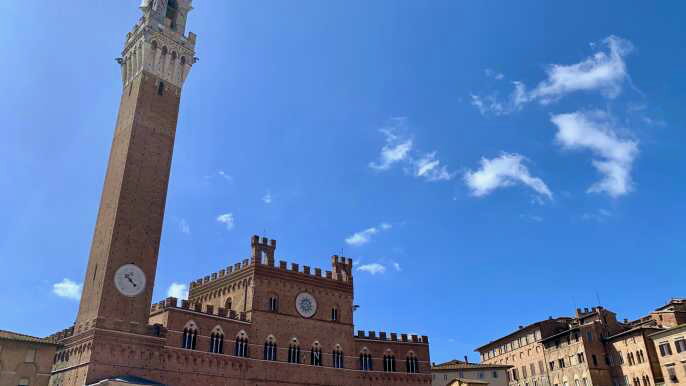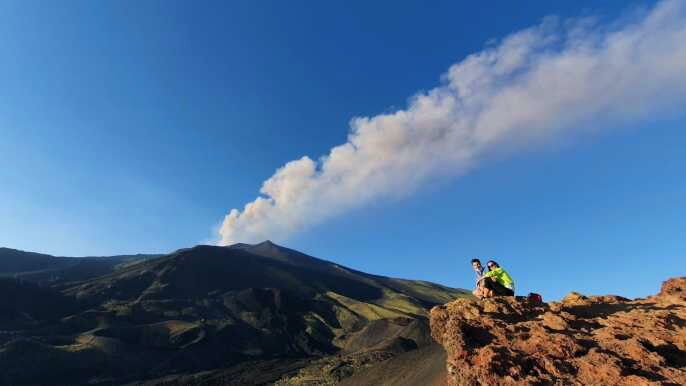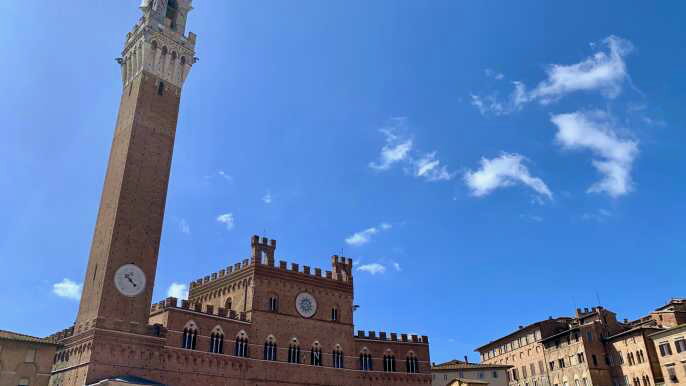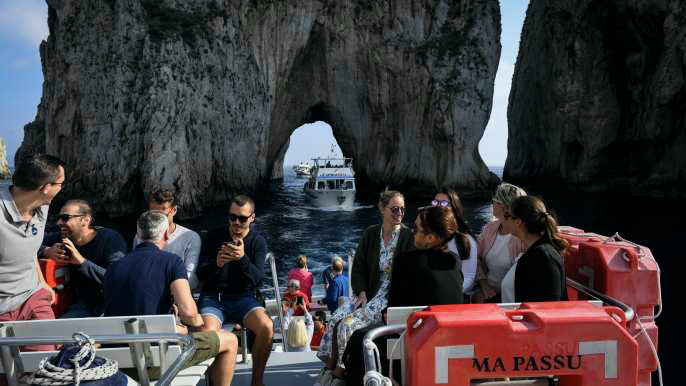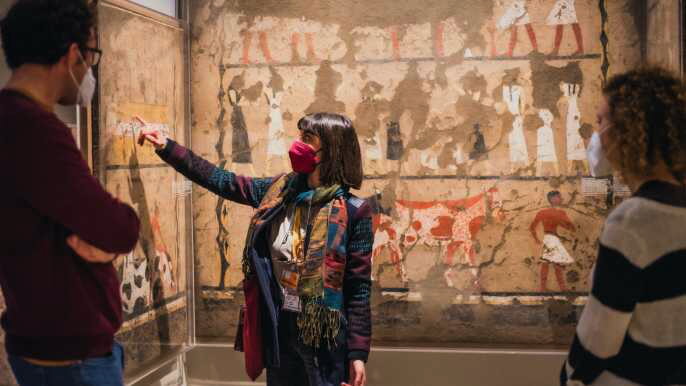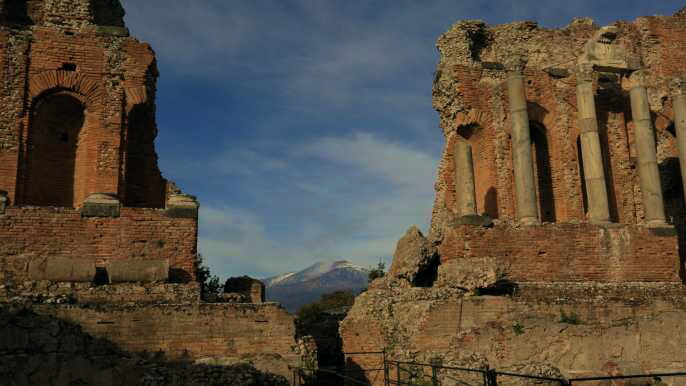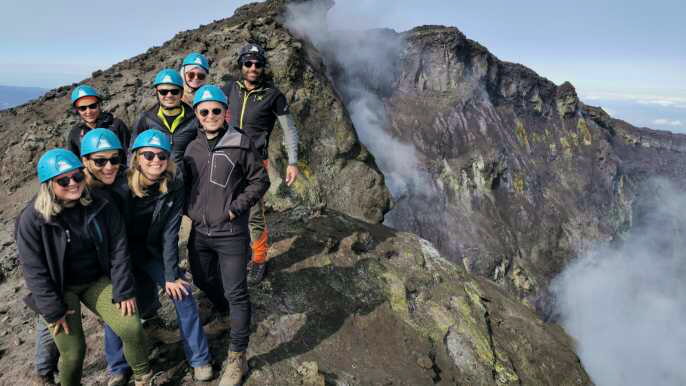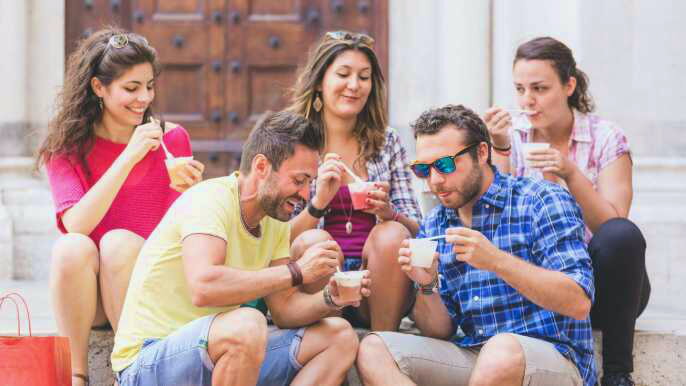Whether you are planning a visit to Palermo, or are just curious about the city, there are a few must-see places to visit. These include the Kalsa District, the Palazzo Reale, the Pretoria Fountain, and Monte Pellegrino.
Porta Nuova
Located next to the Palazzo dei Normanni in Palermo, the Porta Nuova is one of the city's best-known sights. This city's main square is surrounded by ancient buildings and attractions. It's an excellent location to explore the history and culture of the city.
The Norman Palace is a complex of buildings constructed during the reign of the kings of Sicily. It has been worked on by various dynasties, including the Phoenicians, Normans, and Spanish. It's filled with paintings, frescoes, and other fragments of decoration.
The Cathedral of the Assumption of the Blessed Virgin Mary is a tourist attraction. The church contains a number of burial sites for German emperors. The church is also adorned with a number of paintings by Pietro Novelli.
Palermo has many elaborately decorated churches. The most popular ones include the Cathedral of the Assumption of the Virgin Mary, Chiesa di San Giovanni degli Eremiti, and the Oratory of Santa Cita Rosary.
Another fascinating building is the Capuchin Abbey. These catacombs contain the remains of around 8,000 bodies, most of them hanging from the walls. These skeletal remains are arranged according to status and sex. Many of the bodies date from the 1560s.
The Cathedral of Palermo is one of the most impressive buildings in the city. It was originally a Byzantine church, but was later converted to a cathedral. The interior of the cathedral was renovated in the 1700s.
Palazzo Reale
Originally a Savoy Royal palace, Palazzo Reale is one of the most beautiful places in Palermo. Its interiors are rich in culture and history. Its frescoed ceilings and elegant furniture are impressive. It also contains Greek and Roman archaeological treasures.
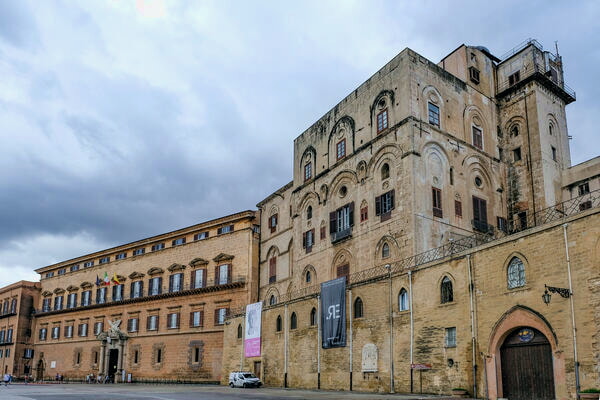
Palazzo Reale is located on the hill of Palermo's medieval city area. It was originally built in the 9th century as a summer residence for the Emir of Palermo. Later, it was reconstructed in the 16th century. Its facade is adorned with spires and towers. Its roof offers a privileged view over Palermo's Old Town. The Palatine Chapel is a small three-nave basilica covered with gold. The religious relics within it include a golden tiara with pearls and a treasury.
Another great reason to visit Palazzo Reale is its gardens. The gardens are filled with typical Mediterranean plants. There are also a few cafes and restaurants in the vicinity of the palace. You can also purchase a ticket that includes entrance to the Palazzo's sprawling collection of Greek and Roman archaeological treasures. You can also view the dazzling armoury hall.
Palazzo Reale is also home to the Ministry for Cultural Heritage. Its vast collection of historical artifacts includes a rich collection of baroco furnishings. You can buy a ticket that also allows you to see a temporary show in the Sala Chiablese.
The Maqueda Courtyard is a beautiful Renaissance-style loggia within the palace. It was originally built in the 1600s. It was named after the Spanish Viceroy, who is said to have inspired it.
Pretoria Fountain
Located in the heart of Palermo's beautiful Piazza Pretoria, the Pretoria Fountain is one of the most spectacular fountains in Italy. It was built in 1554 as a garden fountain for don Luigi de Toledo. The fountain was later sold to the Senate of Palermo. Then it was moved to Piazza Pretoria.
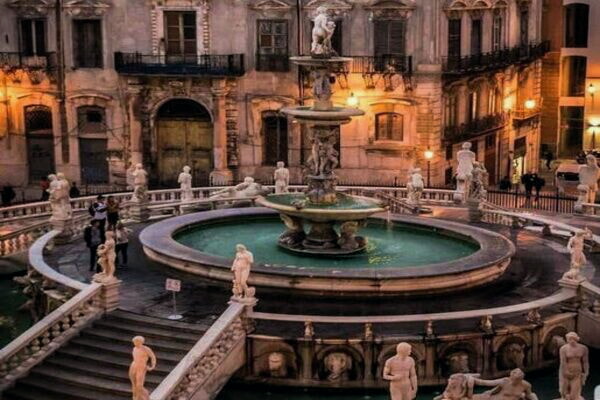
In the 16th century, Francesco Camilliani and Michelangelo Naccherino created the fountain. It was originally intended to be a private garden fountain for a mansion in Florence. Eventually, the fountain became a symbol of corruption and malpractice in Palermo. The Pretoria Fountain was nicknamed the "Fountain of Shame" and became the point of focus in the city. The fountain's allegories, monsters, sirens and puttis have made it a famous landmark.
Fontana Pretoria was reconstructed in 1581 by Camillo Camilliani, son of Francesco. It is a masterpiece and is considered to be one of the most beautiful fountains in Italy. It is located near the Quattro Canti intersection in Palermo.
The fountain features 48 statues, each depicting a mythological figure. The sculptures depict twelve Olympians from ancient Greek mythology. It is surrounded by a balustrade enclosure. The fountain is also dotted with a lot of naked nymphs and sirens. The fountain is flooded with a light at night. It is sometimes open to the public.
The fountain also features a fountain spiking the sky. The first circular section has a large pedestrian pavement. The second section is a circular basin. The fountain is surrounded by more than 50 statues.
Monte Pellegrino
Located on the western side of Palermo harbour, Monte Pellegrino is a scenic spot with panoramic views of the city. It is also a good place for hiking and mountain biking. It is about 9 miles from the city centre.
The hike to the top of Monte Pellegrino takes about 40 minutes at a moderate pace. The hiking path starts at Scala Vecchia, near the Fiera del Mediterraneo grounds. The trailhead has a fruit vendor and water fountain. It is also a good place to buy guidebooks. If you are interested in wine, you can also stop at Enoteca Picone, which has a good selection of Sicilian wines.
The trail also takes you past various caves and wildflowers. At the top of the Pellegrino, you can see the grotto of Santa Rosalia. Saint Rosalia was the patron saint of Palermo. She was a devout religious hermit who answered the prayers of the people when they were in need.
The San Giovanni degli Eremiti church has a unique architectural style. It features fine brickwork and a wonderful cloister. It is also known for its distinctive red domes. Several renovations have been made over the years. The church's interior has been beautifully decorated with fine frescoes. A small entrance fee is required to enter.
The Chiesa del Gesu church is also a wonderful Baroque masterpiece. It features intricate craftsmanship and extravagant statues. Many of the works were done by Jesuit priests.
Kalsa District
Whether you're a history buff, a family looking for a fun place to stay, or a tourist in search of culture, Palermo's Kalsa District has plenty to offer. Its name, which comes from the Arab word al Khalesa, means "the chosen." The ancient port of al Khalesa was located near Himera and stretches all the way to the confluence of the Papyrus and Kemonia rivers. The district also has a number of baronial palaces.
Kalsa was one of the first Arab planned localities in Europe. The area was a port of call for the Arab emirs. However, the area was abandoned for decades after the Second World War. Kalsa recently redeveloped and is now a trendy, safe area, ideal for travelers.
The area has a lot to offer, including museums, restaurants, and bars. Those visiting the area can also enjoy the annual summer festival. In addition, Kalsa is a great place to stay on a budget. A variety of apartments, hotels, and other accommodations are available, making it easy to find something to fit your budget.
Visitors can enjoy the area's street art. The area has a large number of murals that are painted on the walls of buildings. Several of them depict the history of Palermo. The murals begin at the Mercato di Vucciria, and go all the way to the pier of Sant'Era.
The district has a number of sights to see, including the Norman Cathedral. The cathedral is a stunning monument, with golden mosaics and surrounding cloisters.
Mondello Beach
Located in Palermo, Mondello Beach is one of the most popular beaches in Sicily. Aside from its beautiful sea, it offers water sports and is ideal for swimmers.
During summer, Mondello Beach gets crowded. It is recommended to book a spot in advance. The best spots can be secured before 9 AM. However, the free section of the beach is not as well maintained as the paid ones. Peddlers sell sarongs and jewellery.
Aside from the sea, Mondello has several bars, cafes and restaurants. If you prefer to have dinner, you can try authentic Sicilian seafood at one of the local restaurants.
If you're looking for something more active, you can hire pedal boats. You can also play tennis, take a swim or go for a run along the shore. It's also possible to visit the historical centre of the town.
The beach is also known for hosting the annual Windsurf World Festival. Since 1985, this festival has transformed Mondello into an international village. The festival attracts thousands of visitors each year. During the festival, music, sports and other events are held on the beach.
During summer, Mondello beach has been invaded by wooden beach huts. The company is slowly working to clear away these huts. They are now creating small areas with umbrellas and deck chairs.
If you want to go to Mondello Beach, you should know that you should get to the beach at least an hour before it opens. You'll need to find the public access entrance.



